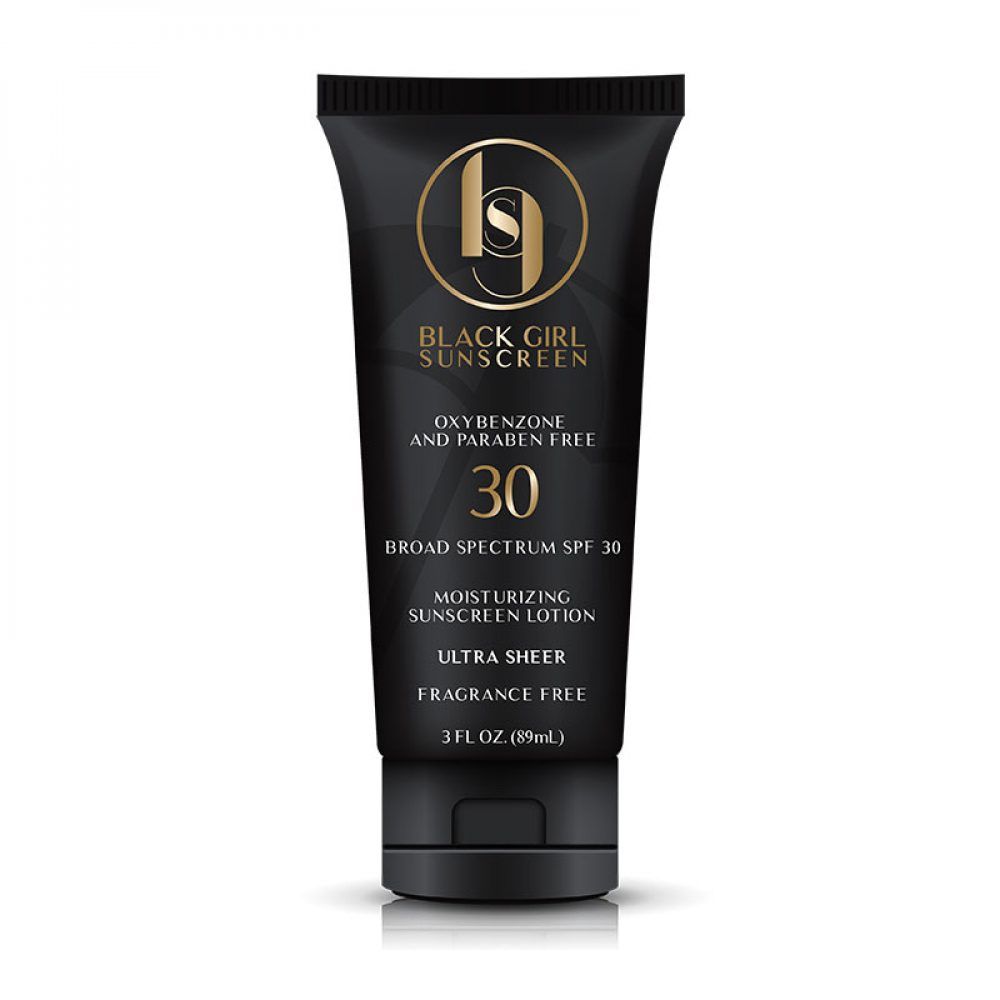

Normal skin types can use pretty much whatever formula they want, but we suggest using a thicker cream during the fall and winter and lighter lotions and gels in the summer. Melissa Kanchanapoomi Levin, M.D., recently told us moisturizers in gel or lotion form are best for oily, combination, and acne-prone skin, while cream and ointment formulas are ideal for dry and mature skin types. In our guide to drugstore moisturizers, board-certified dermatologist Dr. And at the end of the day, it's better to wear mineral or chemical sunscreen than skip it entirely, so shopping for an SPF moisturizer is the first and necessary step. While chemical sunscreens have been detected by the FDA in the bloodstream, there simply isn’t enough data to prove them to be harmful."Īll of our experts say it really comes down to personal preference. Hale previously told us, “Chemical sunscreen is absolutely safe. Anthony Rossi, M.D., say chemical sunscreens are safe. However, in our guide to the best sunscreens, board-certified dermatologists Dr.

What are they? Chemical sunscreens are fast-absorbing, don't leave behind a white cast, and are great for anyone who needs a sport sunscreen.Luckily, our beauty editor, Nicole Saunders, tested all of these sunscreens to ensure they won't leave behind any embarrassing tints to the skin. Downside: Mineral sunscreens can cause an ashy, gray, or purple cast on the skin.Common ingredients: Mineral sunscreens typically use titanium dioxide, zinc oxide, or sometimes both for sun protection.They work by forming a layer on top of the skin that bounces sunlight away from the skin, hence the name physical sunblock. How they work: SPF moisturizers infused with physical sun protection last longer in direct sunlight and are safe for sensitive skin.However, all physical, commonly called mineral sunscreens, provide broad-spectrum coverage and work instantly versus the usual 15- to 30-minute waiting period required for chemical sunscreen to de-emulsify. Our in-depth sunscreen coverage taught us that not all chemical SPFs provide UVA and UVB protection. What are they? Not all sun protection is created equal.

Here's a quick at-a-glance look at the two types of protection. SPF moisturizers use either physical or chemical ingredients to provide sun protection. What to Consider Physical Versus Chemical Sun Protection Also, sunscreen reapplication is integral - exact timing recommendations will vary from brand to brand, but a general rule of thumb is to reapply sunscreen every 2 hours or after sweating or swimming. Regardless of which SPF moisturizer you use, don't forget to apply it to your ears, neck, top of the head, feet, and lips. As for how much sunscreen you need from head to toe, the AAD notes most adults need about one ounce or enough sunscreen to fill a shot glass. The American Academy of Dermatology (AAD) agrees with Rubin, adding water-resistant sunscreen is also helpful. Rubin, a cofounder of the skincare line Fig.1, advises everyone to use a broad-spectrum SPF moisturizer of at least 30. If the product meets all of your personal, separate requirements for a moisturizer and sunscreen, combining the two will not compromise how it will perform!”īroad-spectrum sunscreen protects against the sun's ultraviolet A (UVA), which causes signs of aging, and ultraviolet B (UVB), which lead to burns and skin cancer. Courtney Rubin, M.D., says, “As long as the SPF moisturizer is at least SPF 30 and broad spectrum, and you are using the correct amount on your skin, it should perform the same as using a separate dedicated SPF. How effective are SPF moisturizers? And can we use them instead of layering on a separate sunscreen? Board-certified dermatologist Dr. Show more Do I Need Sunscreen if I Wear an SPF Moisturizer?


 0 kommentar(er)
0 kommentar(er)
